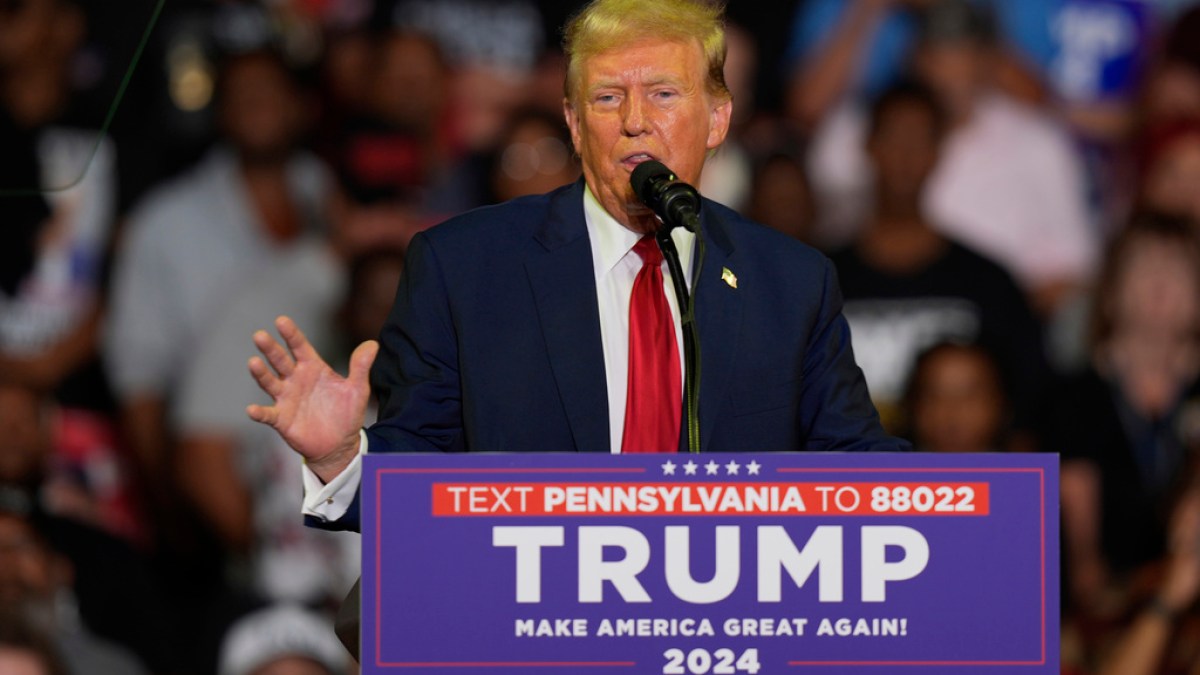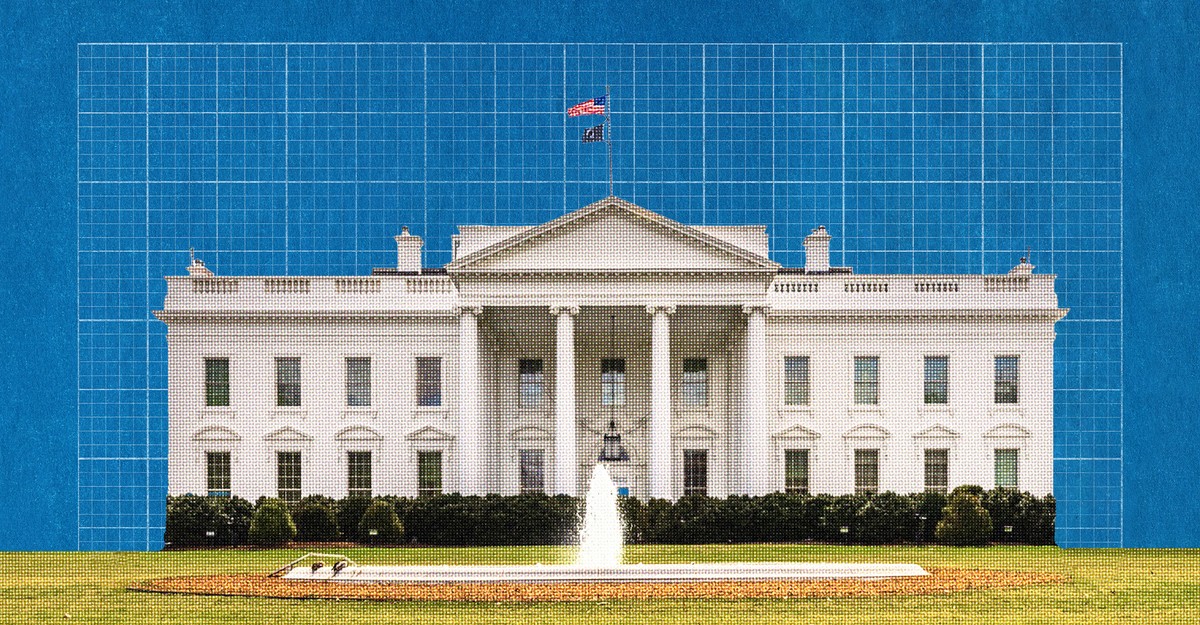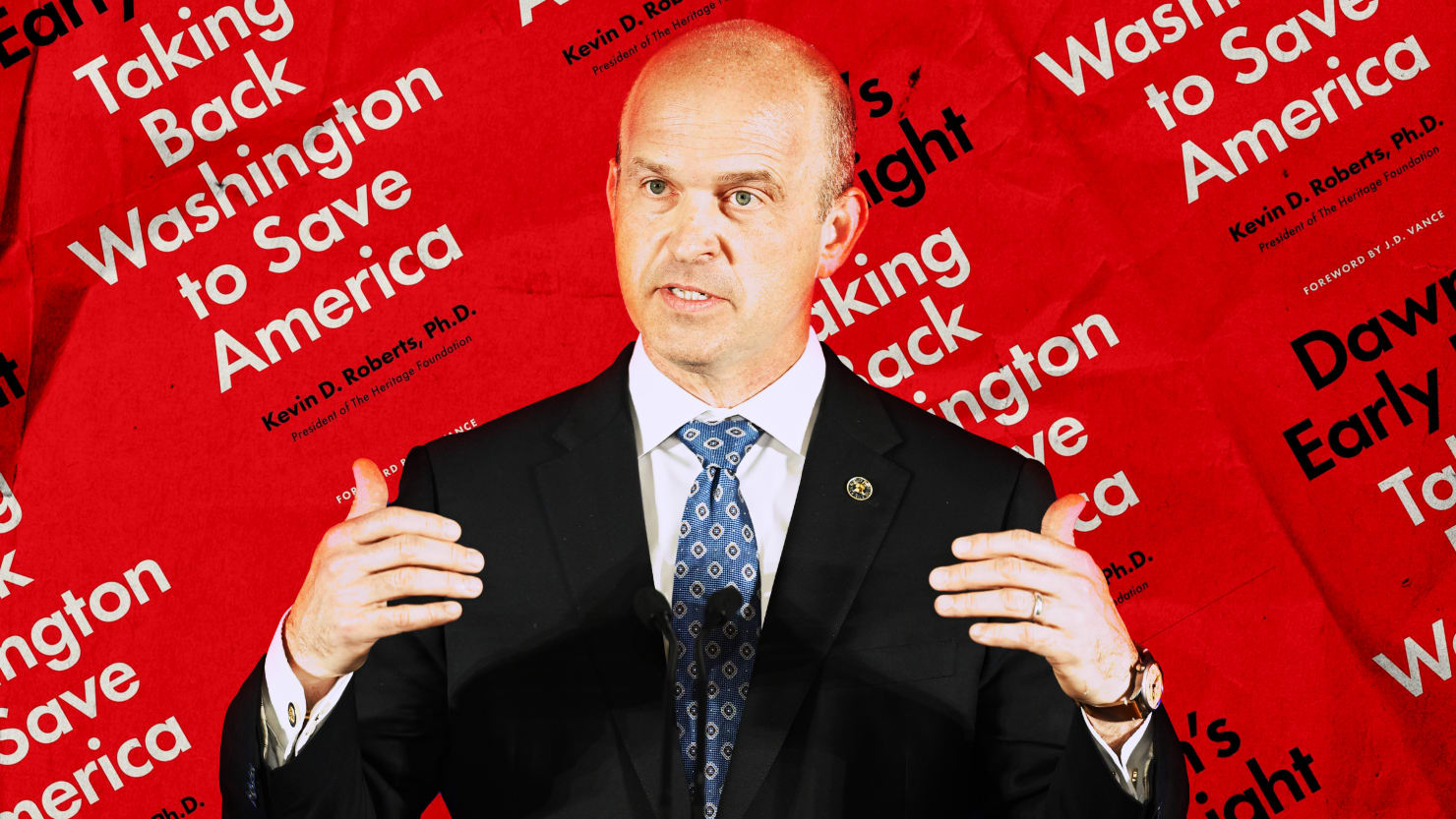In a move that has sent ripples through international trade markets, President Trump has implemented a series of new import tariffs targeting key allies. This strategic decision aims to recalibrate the United States’ trade relationships and bolster domestic industries.
President Trump, a staunch advocate for tariffs, initiated a set of new import duties on Saturday affecting the U.S.’s top trading partners—Mexico, Canada, and China. Shortly after, the tariffs on Mexico and Canada were suspended for a month, signaling a potential shift in trade strategy.
While most economists view tariffs unfavorably, they remain a common tool for managing international trade and protecting domestic markets from foreign competition. Essentially, tariffs are taxes on imported goods, but it’s important to note that foreign companies do not bear these costs. Instead, U.S. businesses are responsible for paying the tariffs directly to the government, according to the Tax Foundation.
Typically, American businesses pass some or all of the tariff costs onto consumers. However, supporters like President Trump argue that these tariffs can safeguard U.S. manufacturers by making imported goods more expensive, encouraging consumers to purchase domestically produced items, or motivating companies to establish new production facilities within the United States.
“Come make your product in America,” Trump stated last week at the annual World Economic Forum in Davos, Switzerland. “But if you don’t make your product in America, which is your prerogative, then very simply you will have to pay a tariff.”
Despite these arguments, many economists and trade experts criticize tariffs for their limited effectiveness. The Peterson Institute for International Economics observes that tariffs often fail to reinvigorate domestic manufacturing.
On the same day, Trump signed an executive order imposing a 25% tariff on imports from Canada and Mexico, alongside an additional 10% on Chinese goods. In retaliation, Canada announced new tariffs, and Mexico indicated plans to impose tariffs on U.S. imports as well.
However, Trump announced on Monday via his Truth Social app a temporary halt to tariffs on imports from Mexico for a month. This pause follows Mexico’s agreement to deploy 10,000 troops to the U.S.-Mexico border to address the flow of fentanyl and migrants. The tariffs on Canada were also suspended shortly after.
Additionally, Trump has suggested the introduction of broader tariffs, such as a flat 10% duty on all imported goods. Here’s a breakdown of tariffs and their implications.
Understanding Tariffs
Tariffs are taxes imposed on imported goods entering the U.S. market.
The most prevalent form is the ad valorem tariff, a percentage-based tax on the value of imports. For example, Trump’s 25% tariff on Mexican and Canadian goods like avocados and lumber falls under this category.
There are also “specific” tariffs, which charge a fixed amount per unit, such as a $1 tariff on each imported Mexican avocado.
Another type is the “tariff-rate quota,” which triggers tariffs once a specific import volume is exceeded. An example from Trump’s first administration in 2018 involved washing machines, where the initial 1.2 million units faced a 20% duty, and any quantities beyond were taxed at 50%, as per the Coalition for a Prosperous America.
Responsibility for Tariffs
Importing companies are obligated to pay tariffs to the U.S. Customs and Border Protection, which then funnels these funds into the General Fund of the United States.
Contrary to Trump’s claims, foreign nations do not directly absorb these tariffs. Instead, American consumers are likely to bear the increased costs as importers pass the fees to the public. In some instances, foreign producers might reduce their prices to maintain competitiveness, while U.S. businesses might absorb some tariff expenses to avoid losing customers.
Financial services firm ING estimates that if all proposed tariffs are implemented, the average U.S. consumer could see annual cost increases of up to $2,400.
Impact on Inflation
Trump’s tariff measures could elevate the U.S. effective tariff rate from 2.4% to 31%, reaching levels not seen since the 1890s under President McKinley and the 1930s during the Smoot-Hawley Tariff Act, according to Capital Economics.
Increased tariffs on Canada, Mexico could hike prices in the U.S.
04:16
Such a surge in tariffs is expected to drive inflation upwards, potentially increasing the annual rate from the current 2.9% to around 4%, which is twice the Federal Reserve’s target. This rise would revert inflation to mid-2023 levels when the Fed maintained higher interest rates to curb inflation.
Capital Economics stated in a January 28 report, “Imposing any of these suggested tariffs would generate a rebound in consumer price inflation this year, taking it further above target and making it harder for the Fed to resume loosening monetary policy.”
Trump’s Rationale for Tariffs
Trump advocates for tariffs as a means to achieve multiple objectives, including increasing government revenue and protecting American industries.
He and his allies, including his Treasury Secretary Scott Bessent, argue that previous tariffs did not significantly impact inflation because they were limited in scope. However, research from Capital Economics suggests that these earlier tariffs were insufficient to influence inflation rates markedly.
Trump has emphasized the importance of revitalizing U.S. manufacturing, stating in an October interview with the Economic Club of Chicago, “No. 1 is for protection of the companies that we have here, and the new companies that will move in because we’re going to have thousands of companies coming into this country.”
The effectiveness of these tariffs in boosting manufacturing is debated. The Brookings Institution notes some positive outcomes, such as the creation of 1,800 new jobs at Whirlpool and other washing machine manufacturers.
However, overall U.S. manufacturing employment declined slightly from approximately 12.4 million to 12.2 million workers during Trump’s first term. This reduction is likely influenced by various factors, including the pandemic and broader economic challenges facing the manufacturing sector.




